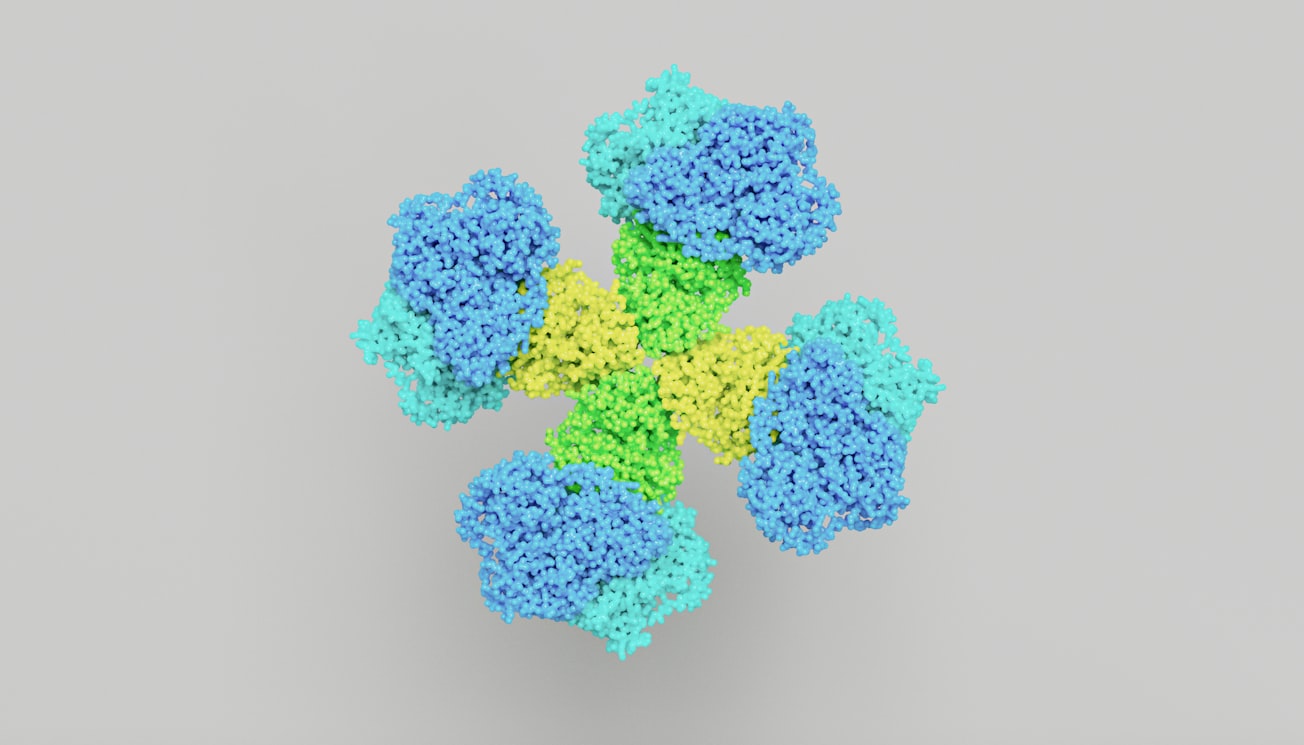What is it about?
We imaged pores on the surface of the cell wall of three different industrial strains of Saccharomyces cerevisiae using atomic force microscopy. The pores could be enlarged using 10 mM diamide, an SH residue oxidant that attacks surface proteins. We found that two strains showed signs of oxidative damage via changes in density and diameter of the surface pores. We found that the German strain was resistant to diamide induced oxidative damage, even when the concentration of the oxidant was increased to 50 mM. The normal pore size found on the cell walls of American strains had diameters of about 200nm. Under conditions of oxidative stress the diameters changed to 400nm. This method may prove to be a useful rapid screening process (45–60 min) to determine which strains are oxidative resistant, as well as being able to screen for groups of yeast that are sensitive to oxidative stress. This rapid screening tool may have direct applications in molecular biology (transference of the genes to inside of living cells) and biotechnology (biotransformations reactions to produce chiral synthons in organic chemistry. (Mol Cell Biochem 201: 17–24, 1999)
Featured Image

Photo by ANIRUDH on Unsplash
Why is it important?
This paper describes a methodology to study diseases which involves oxidative stress such as headache.
Perspectives
This paper was used by my research group to develop new medications.
Ricardo de Souza Pereira
Universidade Federal do Amapa
Read the Original
This page is a summary of: , Molecular and Cellular Biochemistry, January 1999, Springer Science + Business Media,
DOI: 10.1023/a:1007007704657.
You can read the full text:
Contributors
The following have contributed to this page










